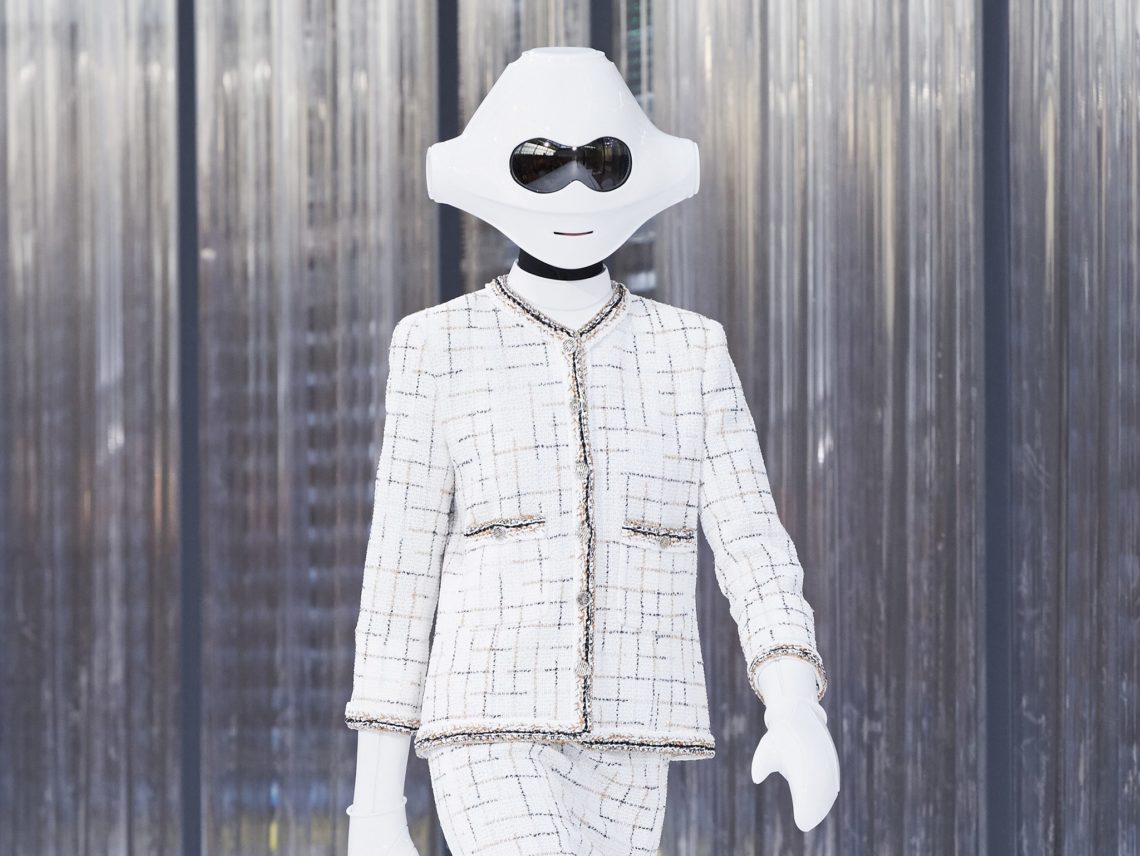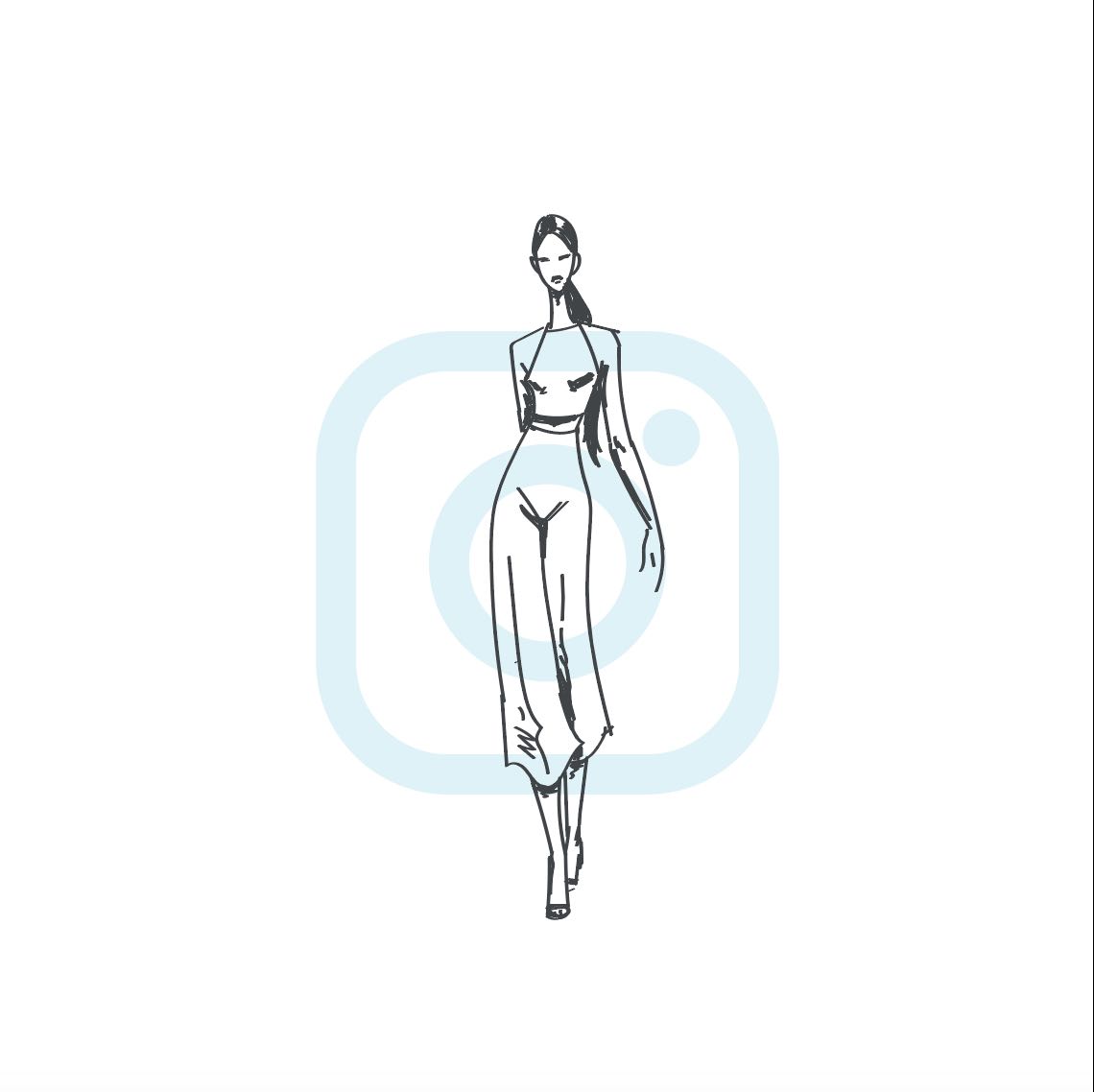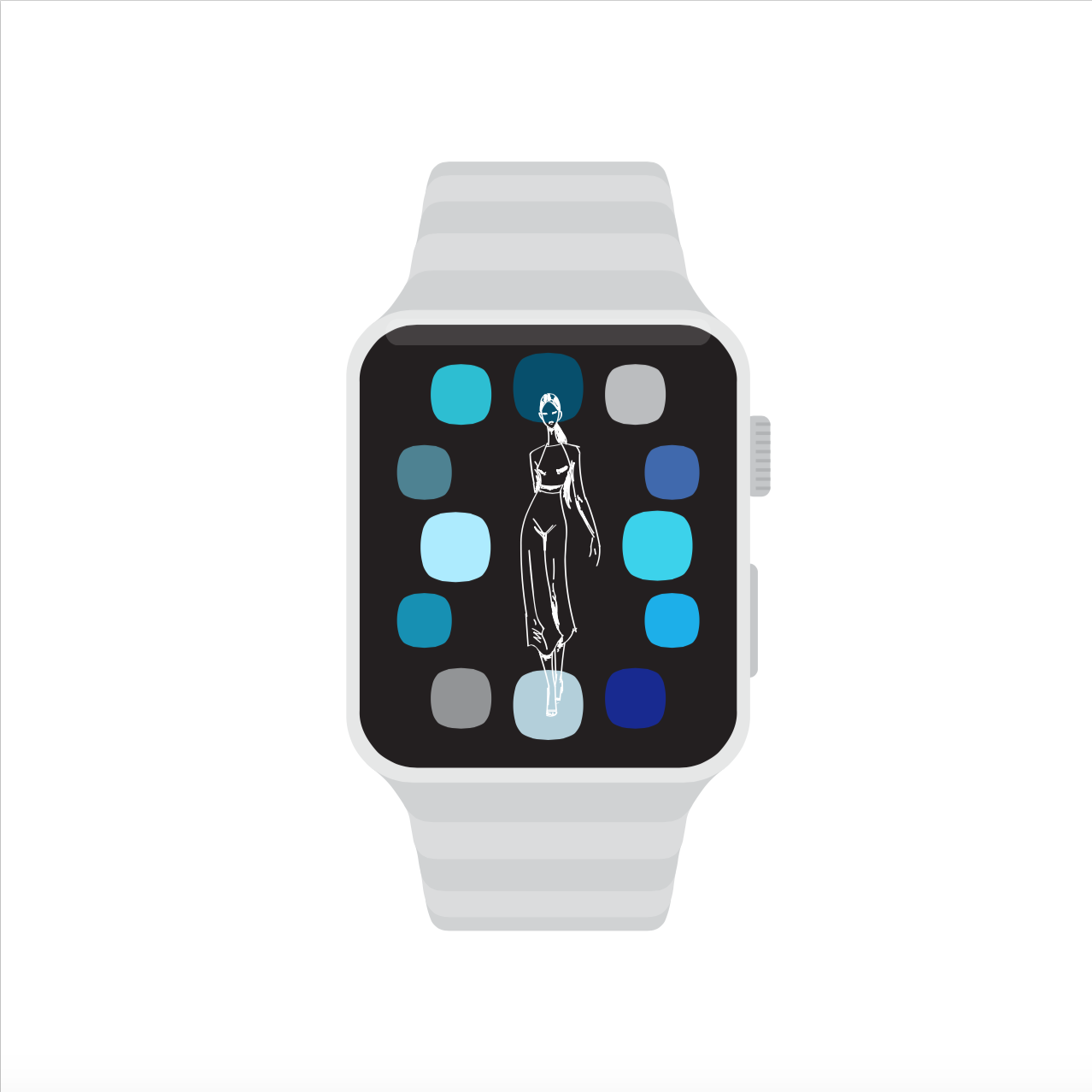The fashion and retail industries are facing a significant acceleration in the pace of production and launch of goods on the market as well as increasing competitiveness in all scopes of the industry. In this “See now Buy now” context, big data is becoming a brand’s strongest ally. By big data, we mean extremely large data sets that may be analyzed to reveal patterns, and associations relating to human behavior and interactions.
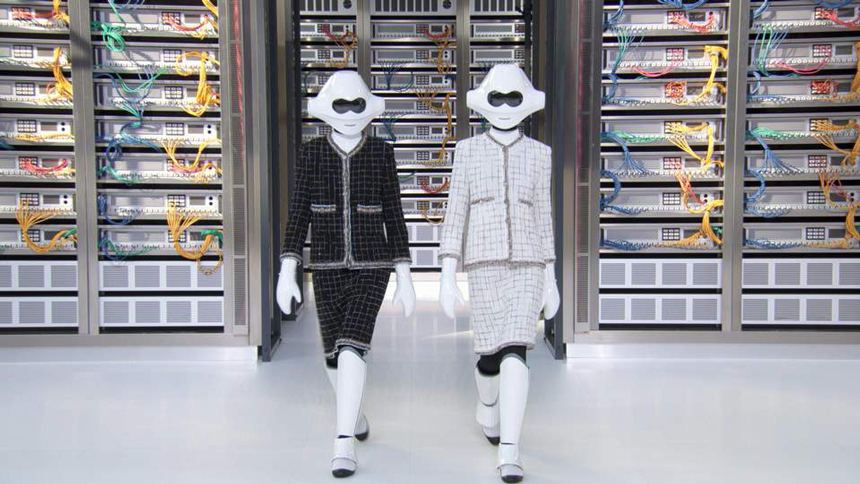
Guessing or making bets on what consumers will purchase is no longer necessary since data reports their behaviors to predict and anticipate their demands. Hence, brands are able to produce the most precise offers possible. This entails collecting fewer lost sales since when an item is not directly available to a consumer, they are very unlikely to search for it.
Fashion companies are also turning to Artificial Intelligence to revolutionise every step of their activity. From the marketing, production all the way to the sale itself clothes are presented in a more unique, innovative and appealing way. Young consumers desire personalisation more than ever; according to IBM, 52% of Generation Z women would like to have access to technologies that allow them to customize their products. On top of this, shoppers are getting less patient with regards to speed of delivery, waiting months to receive new collections and designs is no longer the norm so brands must deliver rapidly and effectively.
Uniqlo, for example, introduced a robot in their Parisian store to accompany shoppers with product selection. Many other brands such as Ralph Lauren, Reformation and Rebecca Minkoff have installed “smart” fitting rooms in their shops. These fitting rooms give shoppers access to unprecedented features: they can change the lighting to see how the garment changes in different environments, be offered accessories to complete a certain look or even directly send friends snapshots of their outfits.
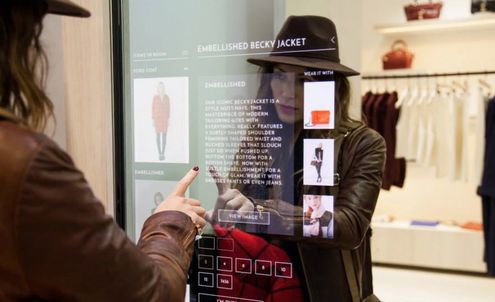
Another example of a brand incorporating technology is Tommy Hilfiger: last year they partnered with IBM and New York’s Fashion Institute of Technology on a project named “Reimagine retail” to design tech clothes. According to Tommy Hilfiger’s Chief Brand Officer “The students were able to create forward-looking designs in line with our brand aesthetic.
These designs incorporated patterns, colors, silhouettes and styles, all of which were generated by AI”.
Technology is transforming our relationship with fashion beyond the purchasing process: this is proven by TagWalk, basically the Google of the fashion industry. This search engine enables users to find specific runway looks by typing associated keywords. Once again, co-founder Carmen Busquets emphasises the importance of data collection, stating her website would not exist without it.
There are still some people slightly on edge about this “revolution” claiming that technology may kill fashion’s creativity. However, if used smartly, AI will enhance design processes, reduce their durations and increase creativity. Indeed, thanks to the insight it provides, creators will be introduced to new patterns or trending colors and will be able to integrate them into their collections. These will then be more relevant, tailored and hopefully better-selling than ever.
by Alice Gandon

